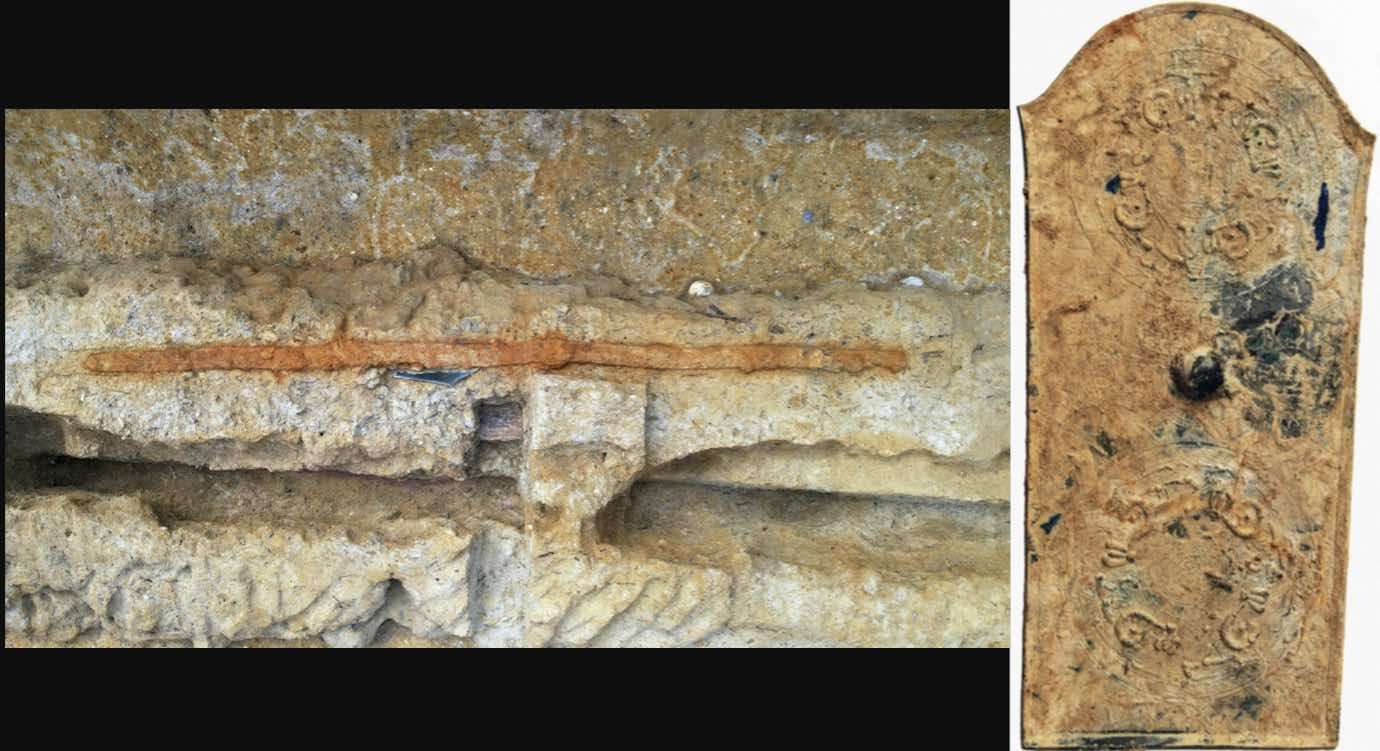From 30 Million Infected to Zero: China is Certified Malaria-free by World Health Organization
Following a 70-year effort, China has been awarded a malaria-free certification from WHO proving that a malaria-free future is a viable goal.

The Japanese penchant for wielding large curved swords goes back much further in time than previously thought, the new excavation of a 4th-century tomb revealed.
In the western city of Nara, a tomb inside a funerary mound uncovered a 7.5-foot-long sword and a large bronze mirror, which amount to first-of-their-kind-finds on the islands.
The tomb is thought to have belonged to a wealthy person in service of the region's Yamato rulers, and the metalwork on the back of the mirror depicts mythical animals typical of western Japan.
Nara Prefecture's Archaeological Institute at Kashihara classifies them as "national treasures" as both are "masterpieces," and the two largest of such items ever uncovered from the Late Japanese Iron Age.
"(These discoveries) indicate that the technology of the Kofun period (300-710 AD) is beyond what had been imagined, and they are masterpieces in metalwork from that period," said Kosaku Okabayashi, the deputy director of the Institute.
At 7.5 feet in length (2.3 meters) the "dako" sword is far larger than any previously found blades from the period which top out at 86 centimeters. Riku Murase, 32, told Kyodo news he and his colleagues thought it was several swords laid handle-to-tip at first, having never seen anything so large.
To archaeologists this indicates that in all likelihood the sword was a ceremonial tool, and not made for battle.
Mirrors and swords are supposed to have been tools to protect the dead in the 109-meter tomb against evil spirits.
"It was my dream to dig up a mirror. Who knew that it would be something so incredible," said Murase.
SHARE This News With Your Friends On Social Media…
Be the first to comment